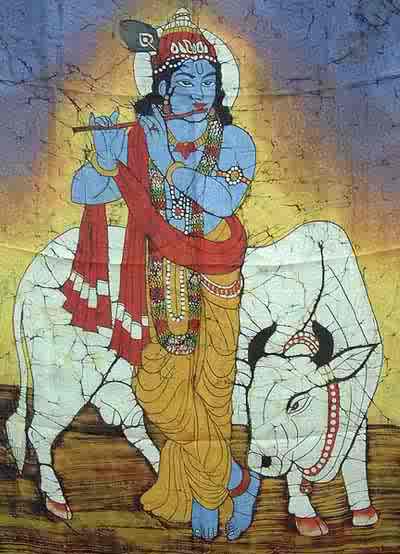|
|
Literally, "eternal religion," the name given to the body of "Vedic" teachings. "Sanatan Dharma" came to be called Hinduism because the Greeks who invaded northwestern India under Alexander the Great designated the people on the banks of the river Indus as "Indoos," or Hindus.
The word Hindu, properly speaking, refers only to followers of "Sanatan Dharma" or Hinduism. The term "Indians" applies equally to Hindus and Moslems and other "inhabitants" of the soil of "India" (and also, through the confusing geographical error of "Columbus" to the "Mongoloid" (aboriginals in America).
The ancient name for India is "Aryavarta," literally, "abode of the Aryans."
The Sanskrit root of "Arya" is "worthy, holy, noble." The later ethnological misuse of "Aryan" to signify not spiritual, but physical characteristics, led the great orientalist, Max Müller to say quaintly: "To me an ethnologist who speaks of an "Aryan" race, "Aryan" blood, Aryan eyes and hair, is as great a sinner as a linguist would be if he spoke of a dolichocephalic dictionary or a brachycephalic grammar."
-Yogananda
Lord Krishna
Why is Krishna blue?
In ancient mysticism (meditation) one sees the inner blue field of the mind (the inner sky) and the white light in the center (inner sun) which leads to mystic and spiritual revelations. The blue field of the mind is the pure consciousness of the inner spirit which is in every human being. This is the ancient meaning of worshipping the sky (inner) and sun (inner).
See also: the chapter on Mysticism.
